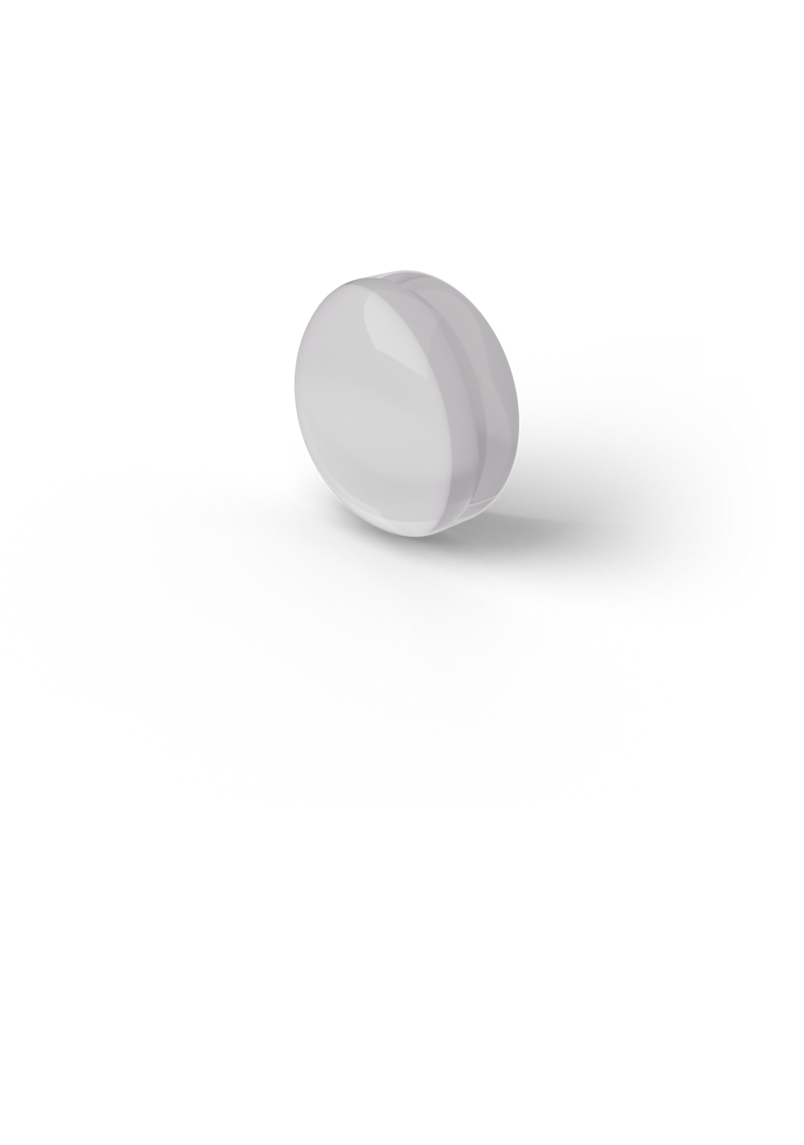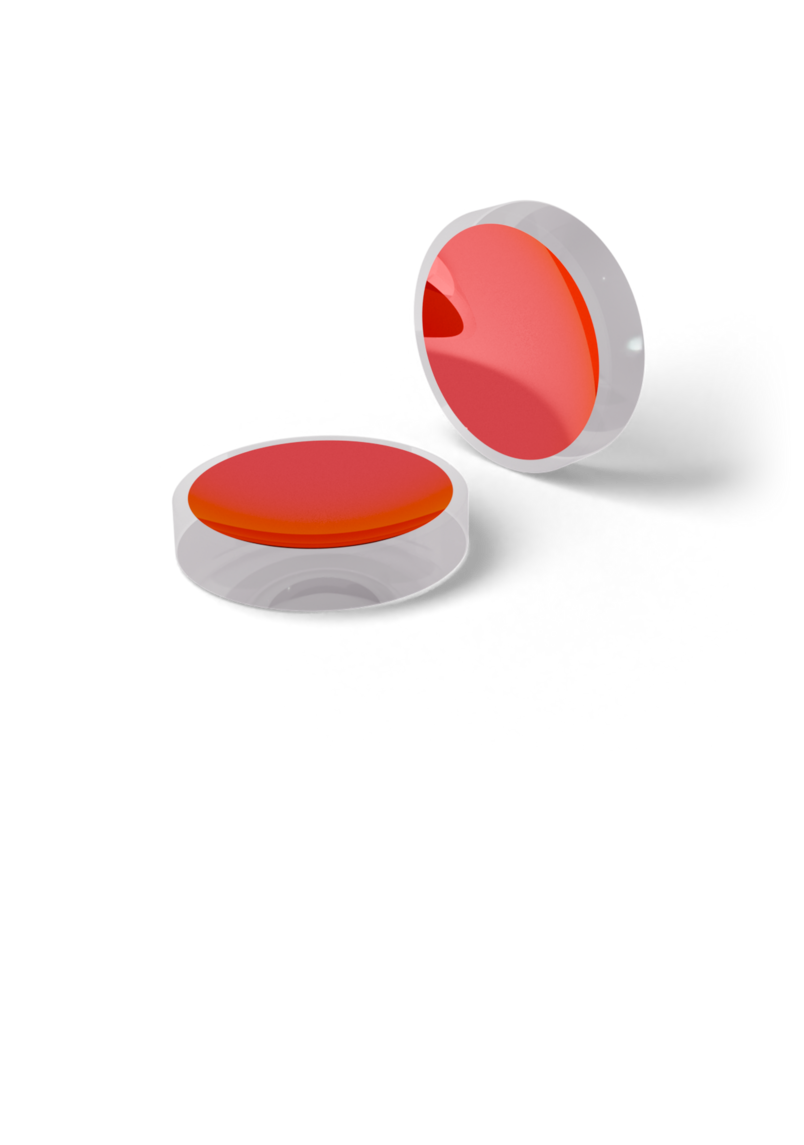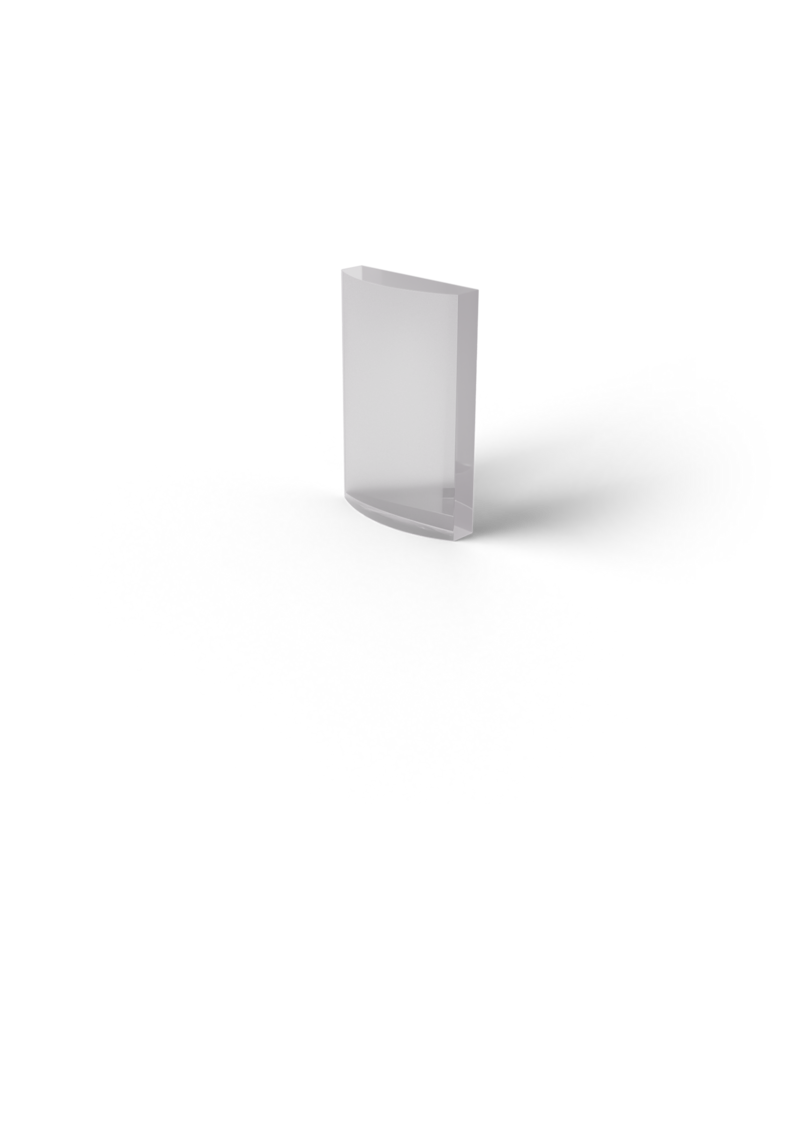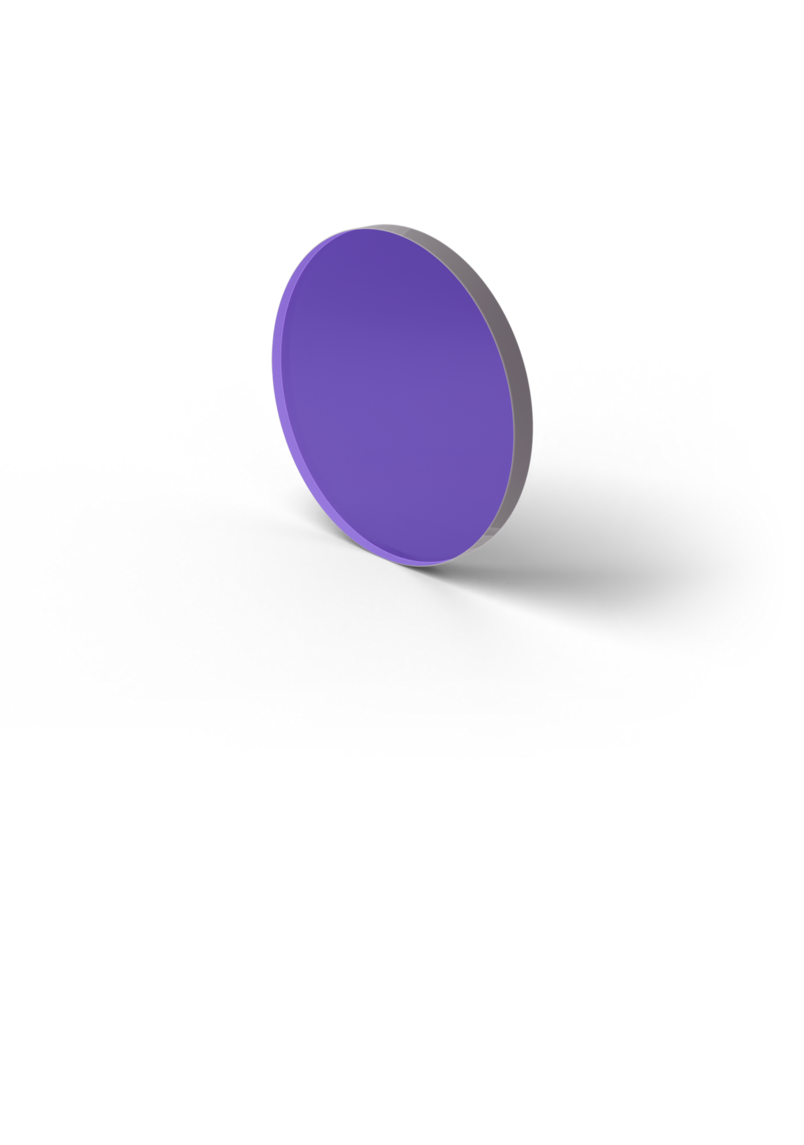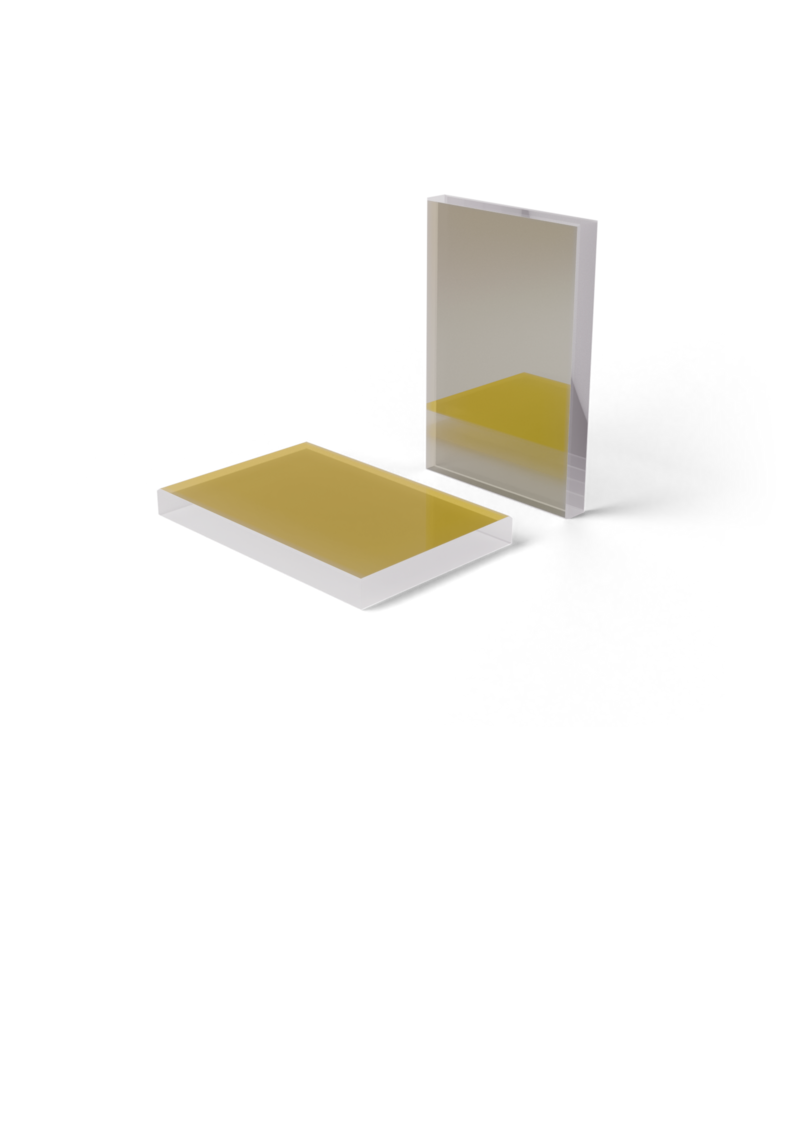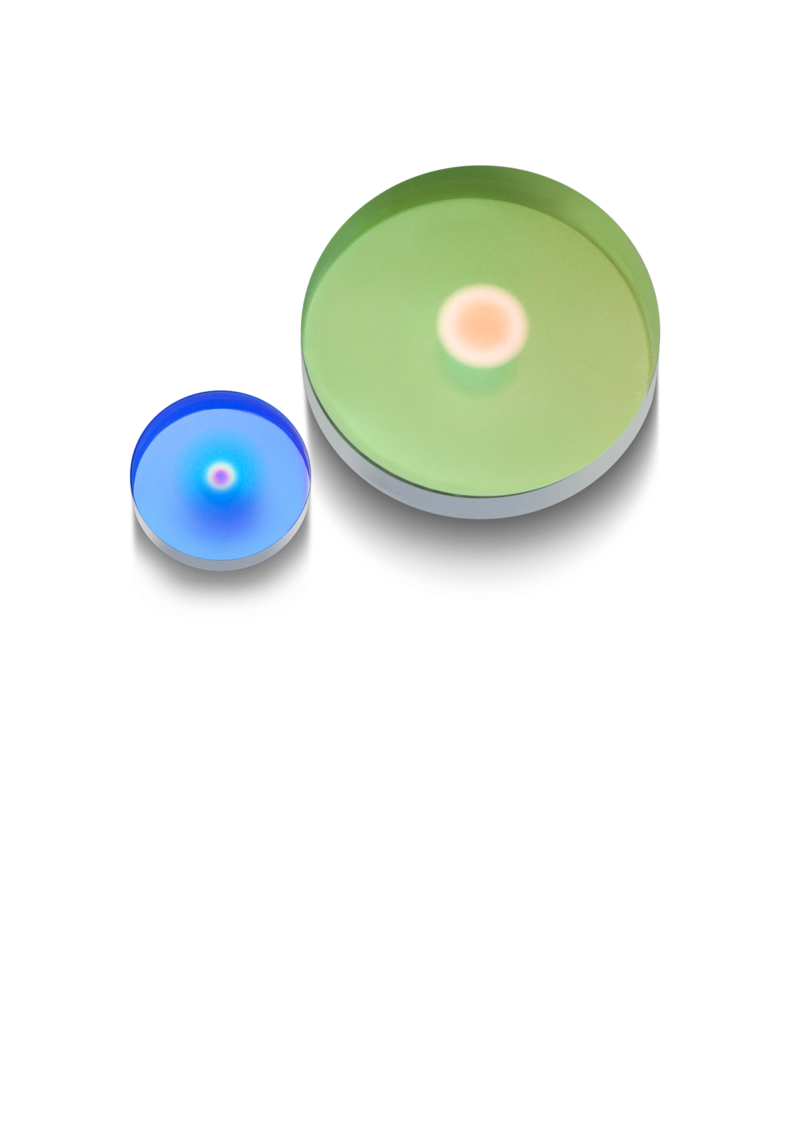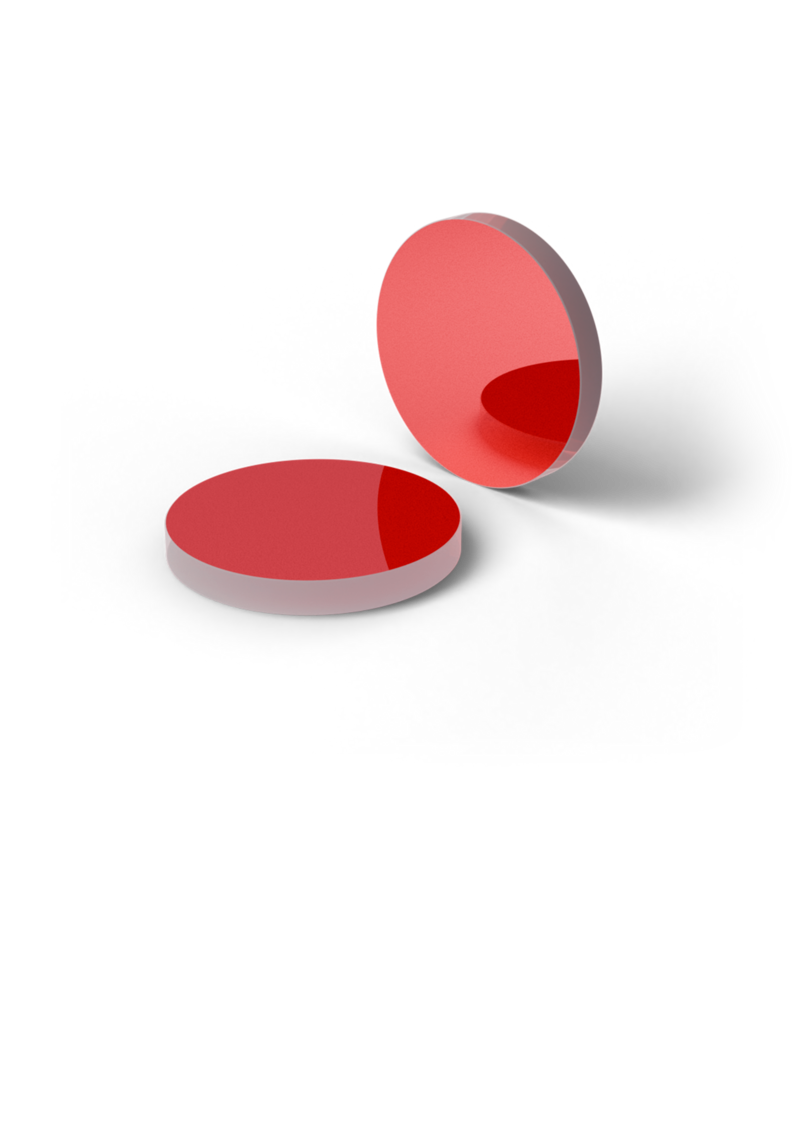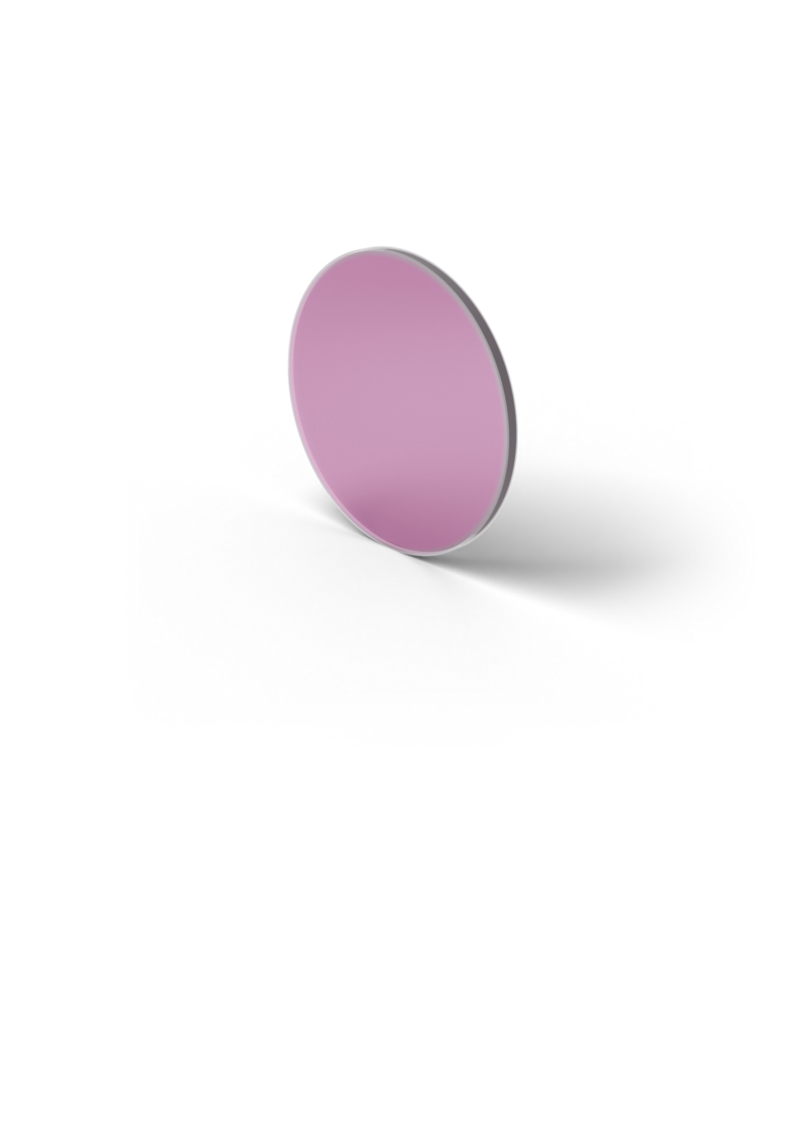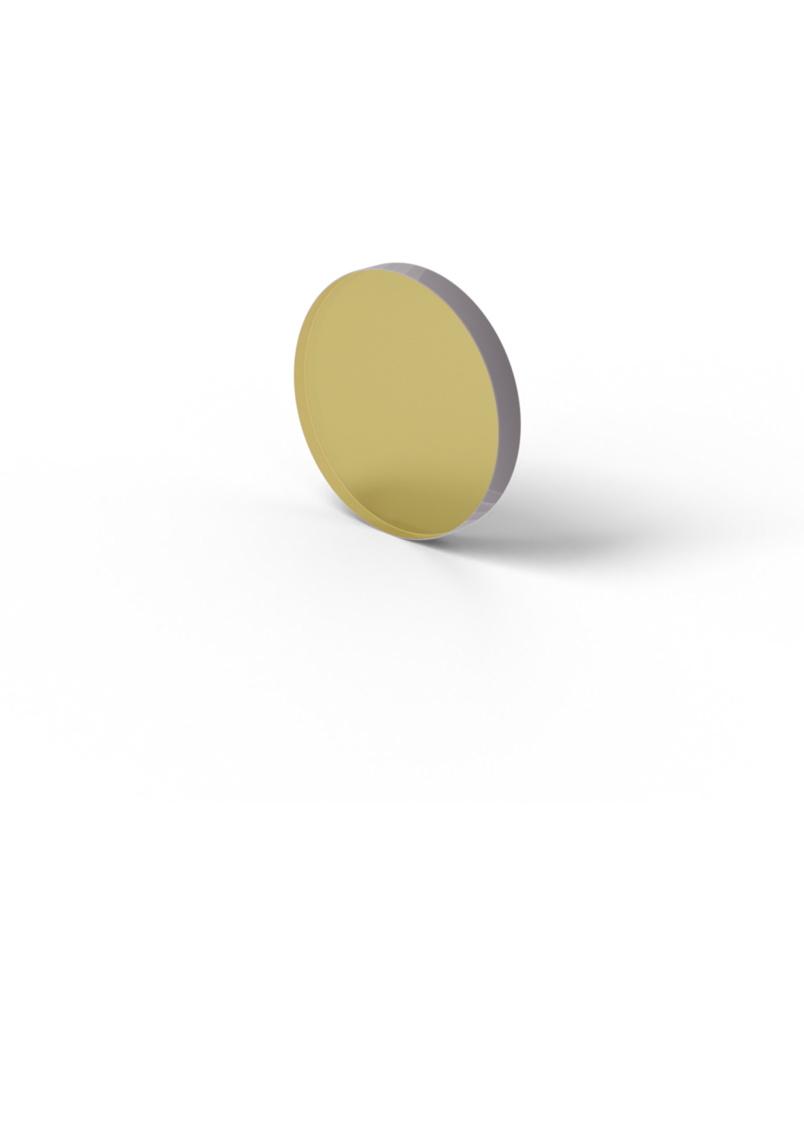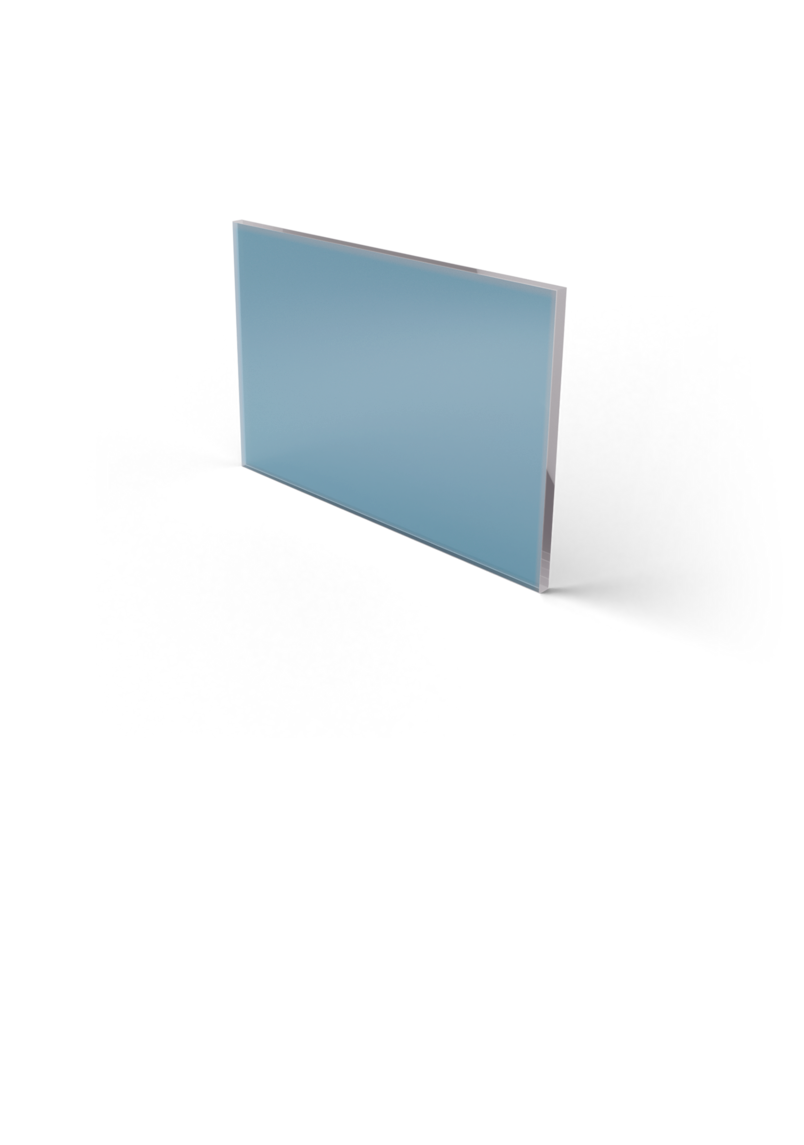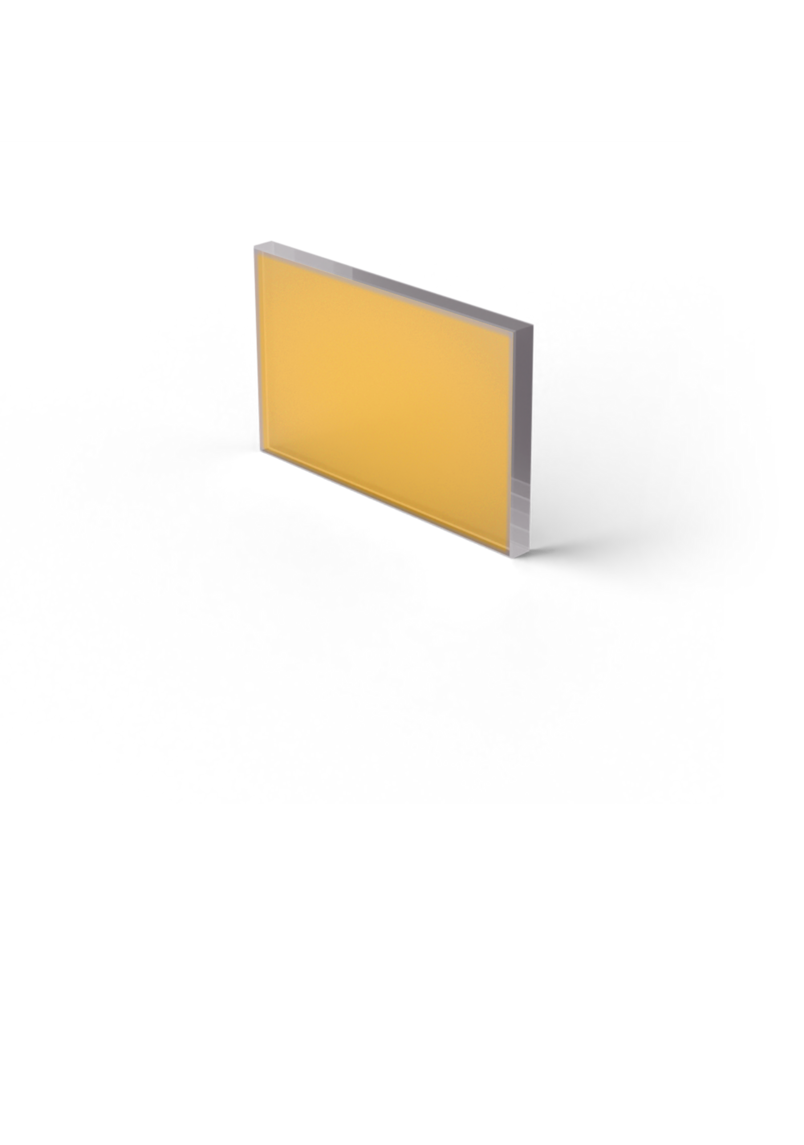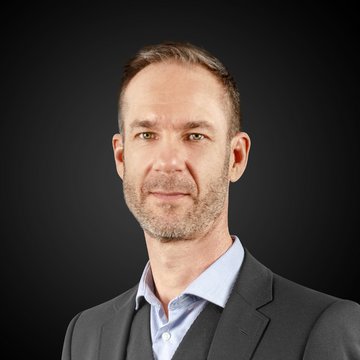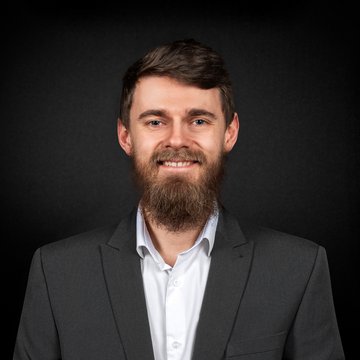White Light Interferometer Measuring Station
MEASUREMENT OF THE SURFACE ROUGHNESS OF SUBSTRATES
In order to produce high-quality laser optics, substrates with good shape accuracy and polish quality are required. It is only possible to specify laser optics precisely using measurement options so that the customer can rely on consistent quality.
Introduction
Beyond Borders
For laser applications, a shape accuracy of lambda/10 has proven to be useful, whereby the reference wavelength 546 nm is used. As a rule, a P4 polish (ultra-fine polish) with a cleanliness of 5/4 x 0.025 is also used for 1.0" diameter substrates. The micro-roughness of the surface also determines which scattering losses occur in mirrors or other optics.
For mirrors with very high reflectance values of R > 99.95 % or higher, the losses due to scattering and absorption must be correspondingly low. So-called "superpolished" substrates are generally used for such applications. These are characterised by a micro-roughness (RMS value) in the range < 0.1 nm. However, it is also important to control the roughness of the surface for other laser applications.
White light interferometry. A white light interferometer is available for such measurements. White light interferometry is a non-contact optical measurement method that utilises the interference of broadband light to measure the 3-dimensional structure of the surface. The measurement accuracy is < 0.1 nm for the vertical resolution.
Quality control. All lenses manufactured in-house at LASER COMPONENTS can be checked with this technology, just like externally manufactured substrates. For our customers, this extra quality control means that they can always be sure of receiving high-quality optics.
For applications where "superpolished" optics are required and if otherwise necessary, appropriate roughness documentation can be produced.
Exemplary Measurement Protocol
Determination of the roughness of a substrate
The upper part of the measurement protocol shows the substrate surface in 2 or 3 dimensions as a height profile. The results of this evaluation are summarised in a table below. The value PV indicates the maximum value for the height difference. The RMS value is assigned to the micro-roughness. A height profile can also be seen as a section in the centre.
We carry out these measurements on a random basis for all substrates. Such a measurement is always planned for special applications and documentation can be provided at the customer's request.
By measuring the micro-roughness of the substrate surfaces, we ensure that the quality of the optics we use is constant and very high.
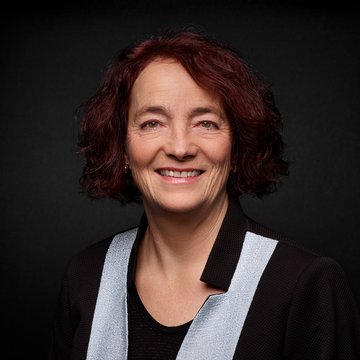
Products
Beyond Borders
Downloads
Beyond Borders

